#fraxinus
Text


Stripped bare
#landscape#landscape photography#photography#nature#nature photography#naturecore#ash#emerald ash borer#fraxinus#trees#woods#forest#winter#hills#knobs#kentucky#jefferson memorial forest
61 notes
·
View notes
Text


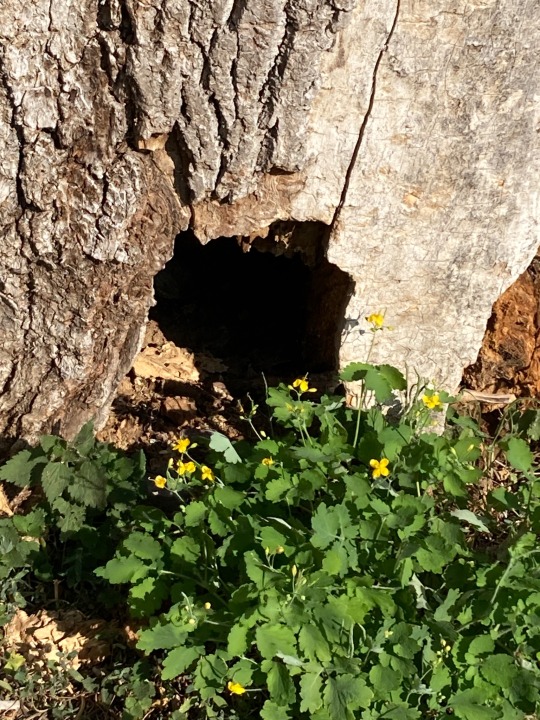
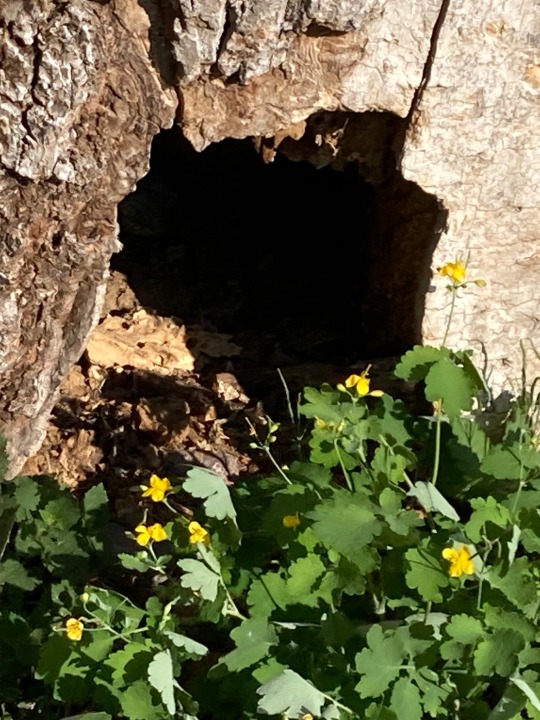
4 notes
·
View notes
Photo

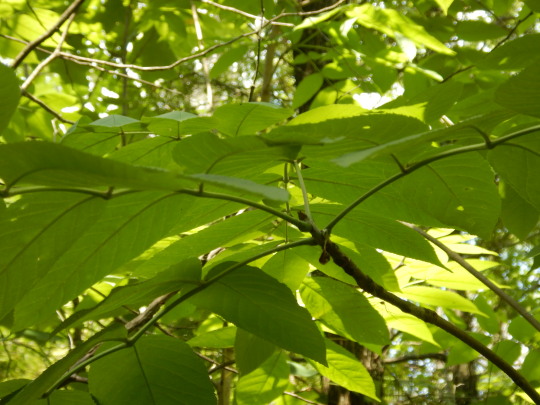
Can cold fen temps lag 17 year cicadas. the answer is yeah.
On Black Ash with its pitted early bark and spotted twig petioles and rather contrasting bud.
Fraxinus nigra
12 notes
·
View notes
Text

European ash (Fraxinus excelsior), in Lier (Belgium) today.
1 note
·
View note
Text
The phloem is generally found on the outside of both primary and secondary vascular tissues (Figures 11.1 and 11.2).
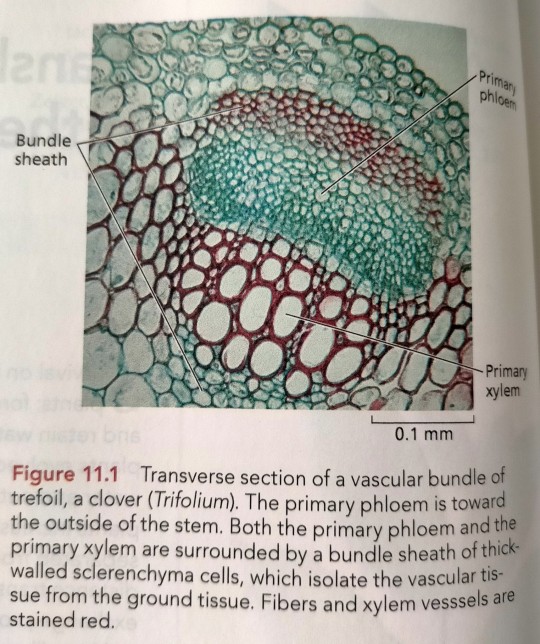

"Plant Physiology and Development" int'l 6e - Taiz, L., Zeiger, E., Møller, I.M., Murphy, A.
#book quotes#plant physiology and development#nonfiction#textbook#clover#vascular bundles#trifolium#phloem#ash#ash tree#fraxinus#fraxinus excelsior#cambium#xylem#transverse section#microscopy
0 notes
Text
Busty babe and stepmom lick petite bff
clavando a mi rica suegra caliente
PersiFnut super mamada
Shemale YARA PAOLI available in Paris
Socando com tudo na bunda da vadia
MARATHI SLUT MEGHA HOT OPEN BACK
Sex russia gay school room video and porn teacher student The camera
chennais lesbians massage contact me
Dogging on a highway area
Hot Lesbians Lick Pussy On A Boat
#harmotome#belayer#unquarreled#grots#bible-clerk#typhlolithiasis#Owatonna#venisons#dutiable#tonsures#monosomes#Fraxinus#paratherian#presume#nebulizes#grabble#streetfighter#rhipipterous#dickies#unofficiousness
0 notes
Photo

🦊 The Tree of Life 🦊 HeavenSky aka Nicolas Sebastian 9/2022 🍐 The pear tree and shrub are a species of genus Pyrus, in the family Rosaceae, bearing the pomaceous fruit of the same name. Pears are fruits produced and consumed around the world, growing on a tree and harvested in the Northern Hemisphere in late summer into October. 🍐 #beauty #beautiful #tree #huawaip30pro #huawaip30photography #nature #naturelovers #trees #treephotography #treesofinstagram #fraxinus #Fraxinusexcelsior #sunlight #hohenems #vorarlberg #sky #heavensky #pear #peartree #heavenskypopartica #rheintal #landscape #baum #esche #baumFotografie #birnen #birnenbaum (hier: Hohenems, Vorarlberg) https://www.instagram.com/p/CineO2dqOus/?igshid=NGJjMDIxMWI=
#beauty#beautiful#tree#huawaip30pro#huawaip30photography#nature#naturelovers#trees#treephotography#treesofinstagram#fraxinus#fraxinusexcelsior#sunlight#hohenems#vorarlberg#sky#heavensky#pear#peartree#heavenskypopartica#rheintal#landscape#baum#esche#baumfotografie#birnen#birnenbaum
0 notes
Photo
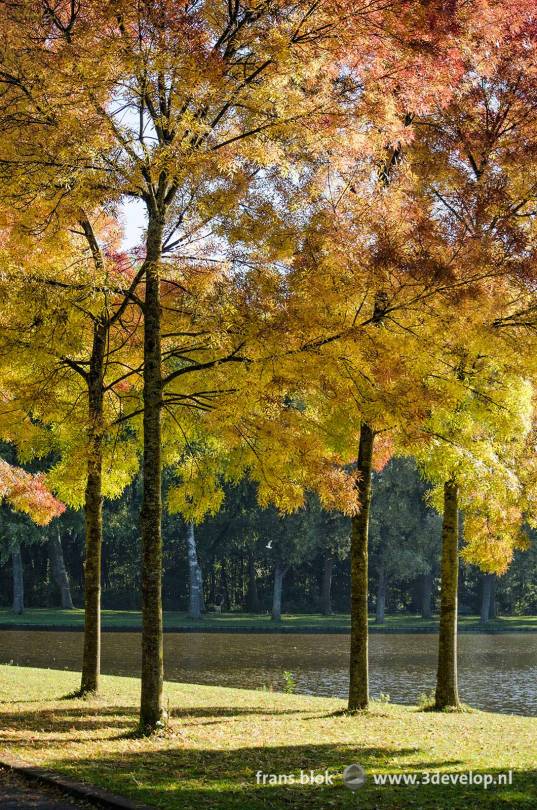
Ash trees in Zuiderpark, seen on a virtual guided tour along remarkable and colorful trees in Rotterdam, The Netherlands in the autumn of 2021
https://www.3develop.nl/blog/rotterdam-trees-autumn-2021/
0 notes
Text
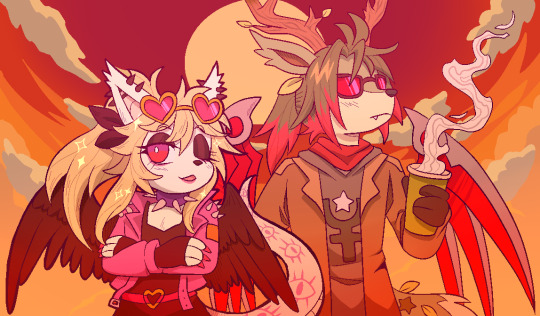
sunset besties
#anthro#furry#lion#dragon#deer#oc: sam#oc: samael#oc: frax#oc: fraxinus#I promise I will draw more of my other OCs this year I just have so much fun and brainrot and Gender with Sam still
305 notes
·
View notes
Text
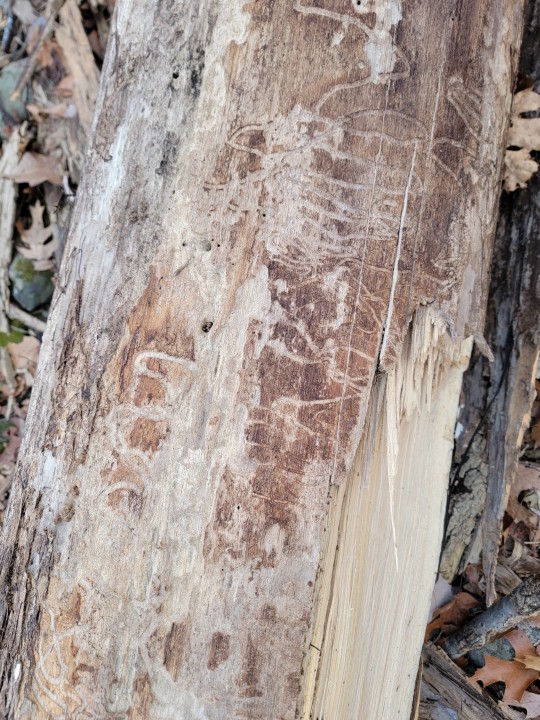



White Ash - Fraxinus pensylvanica
For this post I'm going to discuss the snags and reason I got back into ecology: The Ash Tree
Around the 1990s an insect from northeastern Asia was accidentally introduced to the Continental United States, by 2002 this insect was identified in Michigan after destroying several million acres of forest, this insect was the Emerald Ash Borer. The borer's larvae consume the living inner bark layer (leaving an interesting pattern), ultimately starving the tree of nutrients. The bark will often flake or peel off. By the year 2015, there were signs that the borer had spread to the east coast, its journey likely accelerated by the spread of firewood from infected logs, by 2019 nearly every mature Ash tree in Northern New Jersey was killed.
I grew up in a yard with twelve 150 year old Ash trees, the yard was adjacent to a section of Ash dominant forest, I watched the slow decline of all these trees, for half a decade I hoped our trees would be lucky enough to survive but unfortunately they all died within a few summers. Although the White Ash trees I encountered were wild from a 20th century clear-cut, they were a fairly common street tree around the northeast, straight growing, lovely bark and unfortunately most of the nursery stock was derived from a similar gene pool. There was little genetic diversity and many suburban neighborhoods were wiped of Ash trees. Many Ash trees were infested and look like the section of log I saved from my yard now (image below)

Suburban yards aside I quickly began to notice entire sections of forest filled with standing deadwood (image below). Worse yet white ash wasn't the only ash species affected, the entire genus is at risk. American Ash species often occupy a unique niche in cultivating young organisms which grow in vernal pools, the leaves of american ash are low in tannin, meaning they're one of the few leaves which are a suitable food source for young frog tadpoles. The loss of the ash means damage to American frog populations. It also means insects which utilized ash as a host are also at risk.
Ash also has quite a lovely ethnobotanical history, black ash is famous amoung various tribes around the northeast for its use in basket weaving. Historically Lenape elders would use the juice from white ash leaves for reducing swelling. More modern settler usages revolve around using the elastic yet study wood for baseball bats, oars, hockey sticks, and tool handles. My friends father used to raid his boss's construction sites at night to harvest ash slated for removal and deliver it to a baseball bat manufacturer for a decent payout. Ash also has a lovely grain visible in the broken log in the second image
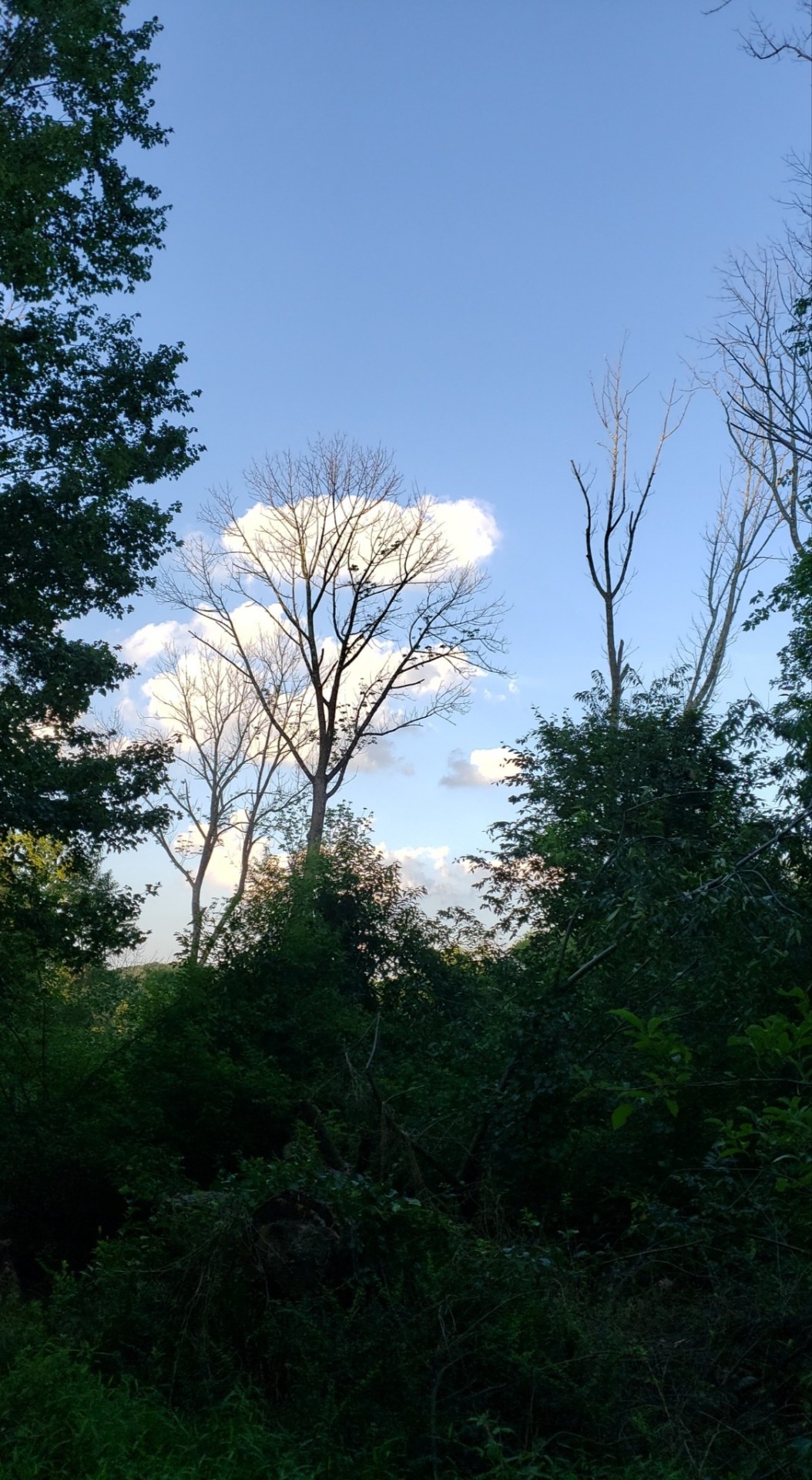
Ash forests now eerie snag filled openings which creak and occasionally fall on unsuspecting hikers. The thought of watching an entire forest ecosystem go really bothered me, ash swamps are unique, varied, there's something almost indescribable about growing up hearing early spring chirps from little tree frogs at night which are now silent. I left my job in architecture and started pursuing a degree related to landscape architecture and ecological planning (not that this is the answer). I started propagating ash trees where I could and planting them around. Unfortunately ash can't immediately return, invasive species often outcompete ash trees in their former forest, the added pressure ultimately reduces their ability to regenerate. The borer has spread so far there is little we can do to remove it, however there is a positive effect with biological control via the borers' specific parasitic wasp.
Is this the end of the ash? Hopefully not. I still find saplings throughout the woods, ash can be aggressive in the right conditions, can they survive into maturity is another question. Perhaps in another century, more will return, and ash will occupy our woods once more. Like the Chestnut work is being done to breed more resistant species.
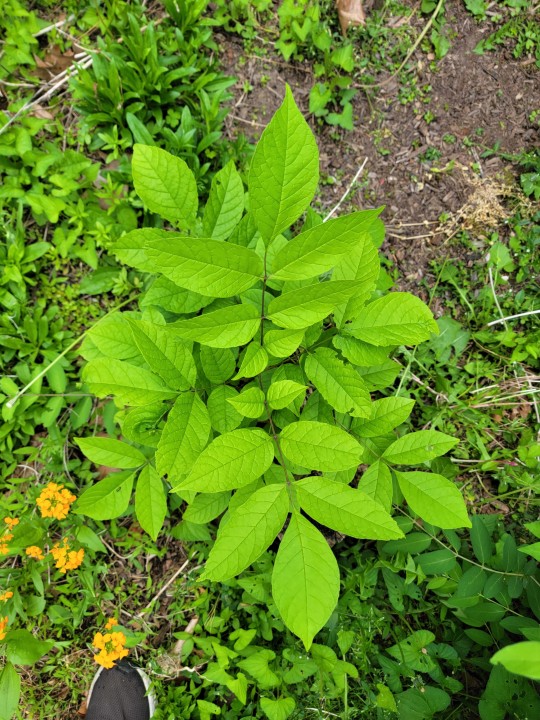
10 notes
·
View notes
Photo
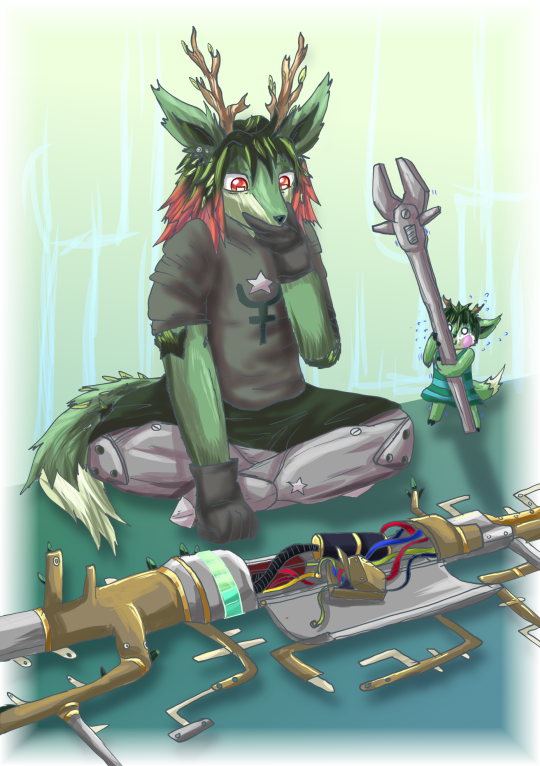
Even Pluto's infrastructure needs a bit of TLC once in a while
This is Fraxinus and (one of) his junior helper(s). Both characters belong to @kaleidoru; they have an epic pantheon of peeps, and artwork showcasing each one of them. Please do check out their work. ^v^
17 notes
·
View notes
Text

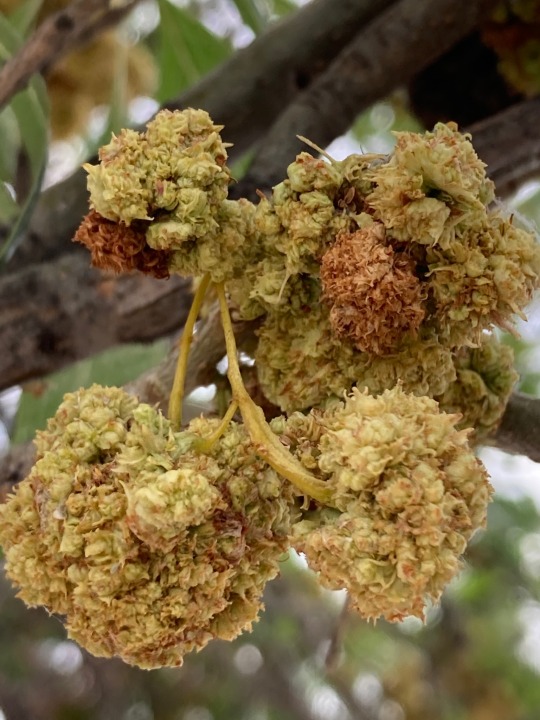
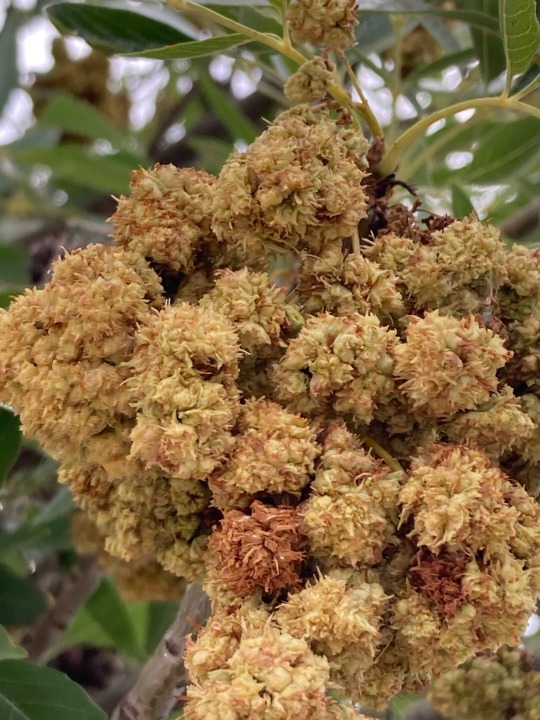
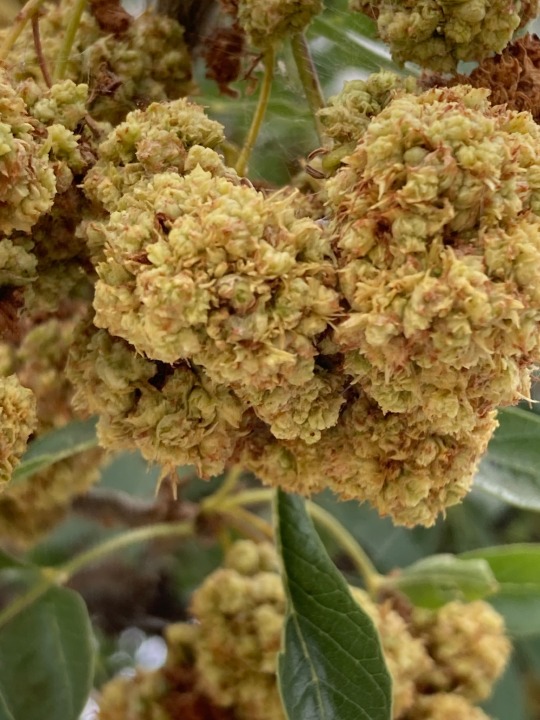
2 notes
·
View notes
Text


Choose your fighter
3 notes
·
View notes
Video
n294_w1150 by Biodiversity Heritage Library
Via Flickr:
Flore médicale / Paris :Imprimerie de C.L.F. Panckoucke,1828-1832. biodiversitylibrary.org/page/9869424
#1833#Botany#Medical#Copper engraving#France#Graphic media :#Hand-colored#Herbals#Materia medica#Vegetable#Pictorial works#Plants#Missouri Botanical Garden#Peter H. Raven Library#bhl:page=9869424#dc:identifier=https://biodiversitylibrary.org/page/9869424#flickr#botanical illustration#scientific illustration#Fraxinus excelsior#ash#ash tree#frene commun#european ash#common ash#common ash tree#european ash tree
5 notes
·
View notes

